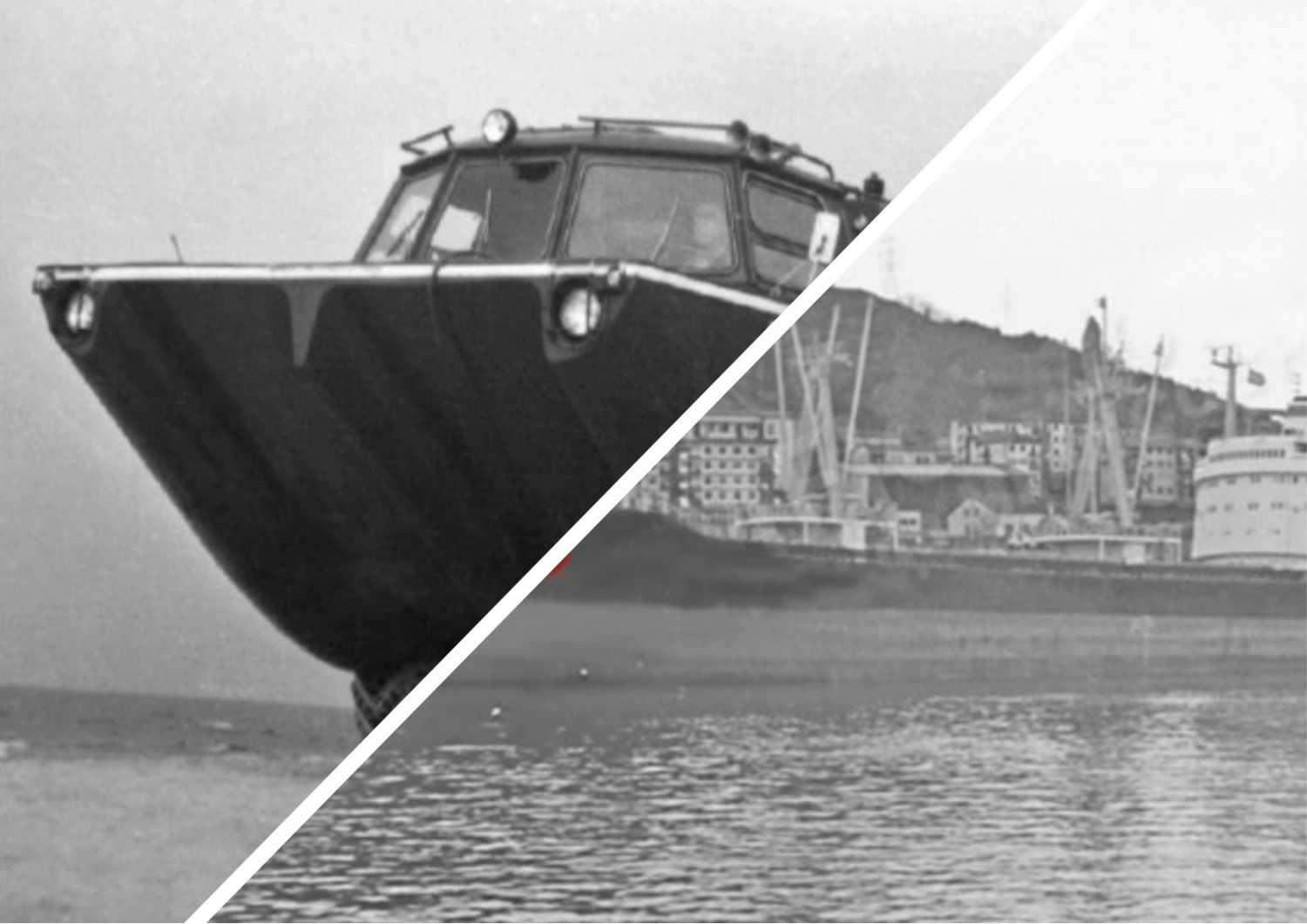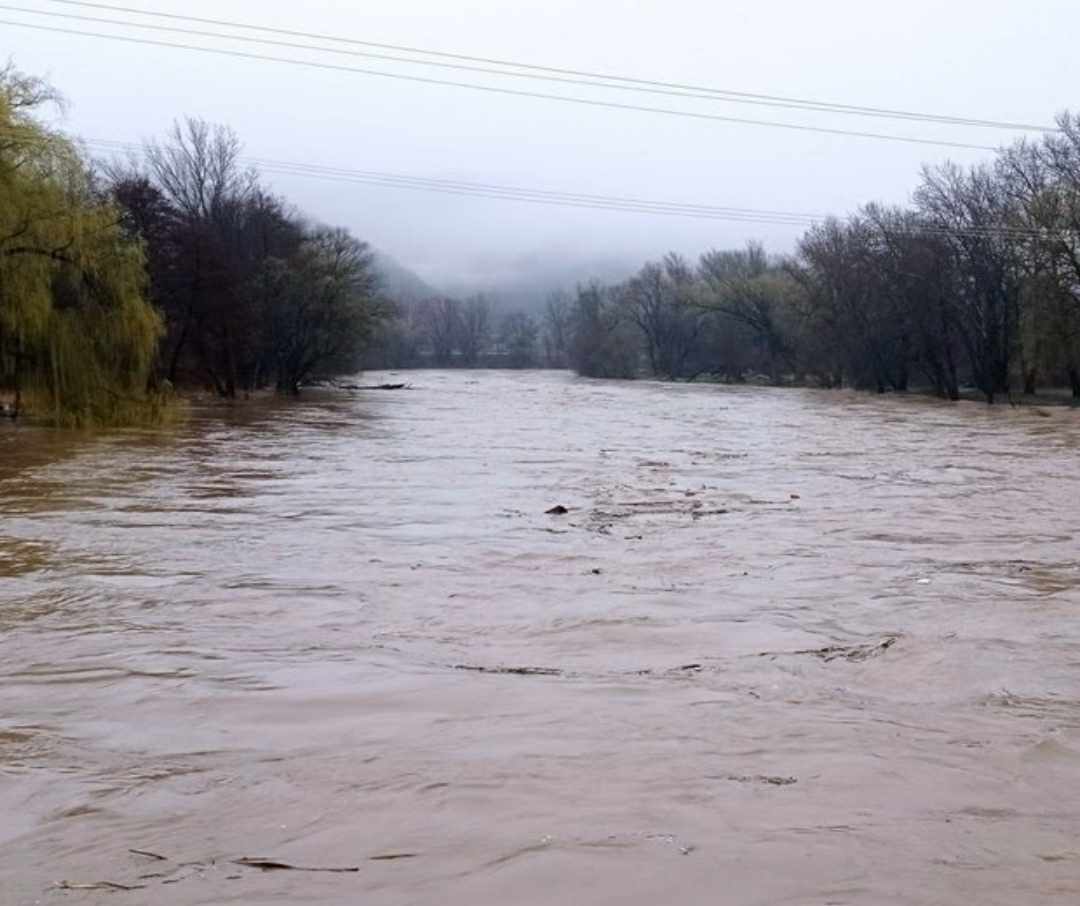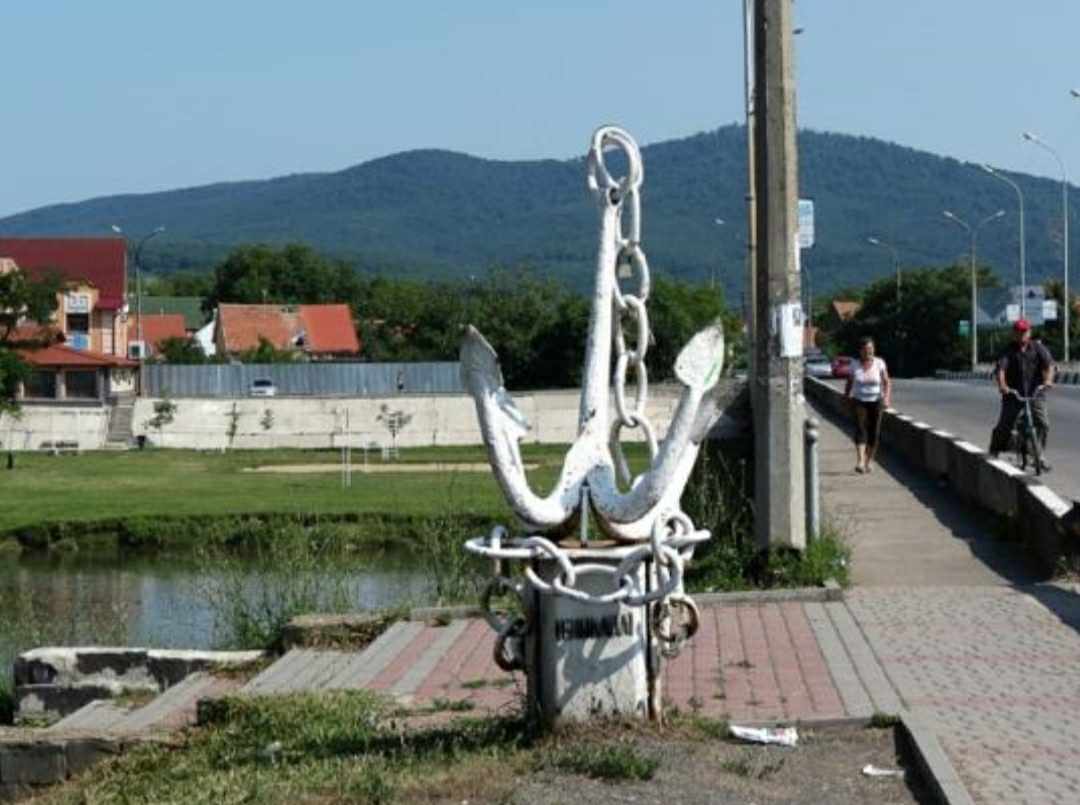It's hard to believe, but there is some truth in the stories.

Today, it is unlikely that large-scale vessels can sail in local rivers. At the same time, they say, in the past, people sailed boats in Zakarpattia Latorytsia and Uzh. There are even stories that sea vessels passed through Latorica.
Uzh River in Zarichiv and ferries - "gayovy"
At different times, the Uzh River in Zarichiv frightened the locals with its depth and full water. In particular, the reservoir showed its "predatory" nature during the period of heavy rains. The village has suffered from floods more than once. People remember how during one of the largest floods in 1672, cattle swam and people's houses collapsed before our eyes.

So how did you sail on the "groves"?
Previously, local residents who got to work were transported from one bank of the river to the other through the local reservoir on wooden vessels (troughs).
There were lower and upper "groves".
This truth is confirmed with deep roots by the granddaughter of one of these carriers at that time, Mrs. Olena:
"For a long time, my grandfather Mykhailo transported people through our Uzh in the village. At that time, the water in the river was not the same as it is now," says Ms. Olena.
"But there were some "buts" in this mission, and the most difficult thing in bad weather was to make a route across the river on a kind of ferry," as Ms. Olena notes.
"It was difficult to carry out this mission in a storm, water was collected in the grove and it had to be periodically exhausted. The trough itself swayed violently and it was necessary to hold on very tightly to the rope, which was stretched across the river from one end to the other," says an eyewitness. And in general, during bad weather, as the interlocutor notes, it was somewhat scary for both the carrier and passengers to swim across the river. For the most part, the passengers on the groves were workers of a chemical plant, which still operates in the city of Perechyn," the resident shares.
According to Ms. Olena, today, on the site of the previous riverbed, there are only thickets and a small depression, and a little higher and the already mentioned jelly, called "Grandpa's Studnychka" (pictured). And under the shore, grandfather Mykhailo had a "hut" – a dugout.
"Previously, my grandfather, Mykhailo Syvokhop, where the well remains today, had a kind of booth. There he was on duty from morning to night, working as a carrier," the interlocutor adds.
And to this day, the water in the well is very tasty. There is plenty of it at any time of the year and weather, as the locals note.
"In winter, the water in the jelly never freezes," says Ms. Olena.
"Maybe there are some thermal veins. However, anything can happen, as well as the fact that Mount Howp, at the foot of which this jelly still flows, according to legend, can be nothing more than an extinct volcano. I often dream that I am standing at the foot of a mountain, and a volcano is exploding at its very top," says Ms. Olena.
By the way, near the "Grandfather's Jelly" there are no less ancient alders, overgrown with moss, as if in a fairy tale. On one of the alders there is a plastic container for drinking water.
Amphibious military vehicles also plied the river surface in the Zarichivtsi river
Extremely powerful vehicles of their kind were born in the Soviet period and were in great demand at the beginning. This amazing transport in military activity was a great success.

Majestic amphibious trucks on the waves of the local Uzh River are also remembered in Perechyn district. The help of this equipment, which helped out in the most difficult conditions, is recalled by the residents of Zarichiv. 50 years ago, the Uzh River was full-flowing and turbulent. More than once, during the period of heavy rains, it poured out and flooded the road and the yards of residents. It was in such difficult situations that people were saved by "amphibians". Cars ferried local residents across the then "Zarichiv Sea". At that time, the much-needed trucks were in the military unit of the city of Perechyn, says Myroslava Kostyk. He recalls that high water flooded the central part of the road in previous years :
"When big water overflowed the central road of Rovinj, it was from the military unit in Perechyn that gave Amphibian to transport people," Zarichivka notes.
People recall that at one time they had the opportunity to be on board these majestic machines more than once. Someone associates childhood with "amphibians". People in uniform, old-timers say, willingly took local children on their transport. In good weather, when Uzh was not raging, there was an opportunity for local children to make an excursion along the water route.
"I was 10 years old. Our Uzh River overflowed its banks and the military transported people to the village on amphibians ," adds local resident Yuri Keretsman .
As a child, Maria Syvokhop from Zarichiv was lucky enough to be on board the amphibian. The woman also recalls the pontoon bridges that were laid along the Uzh River.
"I drove such an Amphibia, it was somewhere in the 90s, the water was near the Orthodox church," Odarka Babych recalls.
"Yes. It was the election. That was about 50 years ago. I had the opportunity to ride an amphibian. God, what memories," says Nadia Begeni.
Land and waterfowl all-terrain vehicle with two ZIL-375Ya engines
Note that the Soviet truck called "Amphibia" is one of the unique inventions at that time. The cab of the truck was designed for 3 people and had a panoramic view, and the cargo compartment accommodated 22 people or 5 tons of cargo. The hull was a load-bearing structure, and there was no frame above the chassis and suspension as such - there were wide tires of increased elasticity for softening. As a power plant, the amphibian had 2 ZIL-375Ya engines, each of which produced a power of 180 hp. This allowed it to reach speeds of up to 65 km/h on land, but 16.4 km/h in water, and this with a curb weight of 14,000 kg.
After the end of the war, the defense industry was aimed at creating a universal transport vehicle that could move both by land and by water. This is how this amazing land and waterfowl vehicle was created. According to eyewitnesses, the car's weight was able to move massive trees, thus clearing the way to move on. Such were the times, and they are cherished in their memory by a number of old-timers who were destined to be passengers on these vehicles.

The boats sailed in Uzh, and the ships sailed in Mukachevo Latorytsia
There is a legend that at one time the Latorytsia River in Mukachevo was navigable and that not only boats, but also more powerful vessels sailed here. There are even versions that an anchor was allegedly found during the cleaning of the riverbed, which is now located near the bridge. But this story is questioned by many historians. Whether a mountain river could have been so full-flowing that ships of this scale could sail on it is difficult to investigate now.
Trade routes did pass through Mukachevo, but they were overland. If large ships sailed here, there would be at least some harbor, historical photos or illustrations. Therefore, there is no reliable confirmation of the navigable Mukachevo.
Locals say that the anchor could have appeared here as an advertisement for the institution of the same name in Soviet times. Or as a Christian symbol of peace.
Nevertheless, Mukachevo is connected with seaworthy routes. In 1965, a motor ship called "Mukachevo" was launched. The ship made its first voyage to the coast of Cuba. Metalworking machines, which were manufactured at the Kirov plant near Mukachevo, were sent there. Perhaps it was because of this that the idea arose to give the ship the name of our city. The only photo of the liner was taken in the port of Spain.

Read also: "Last year there were snakes, and now it is": a Transcarpathian woman has a dangerous "surprise" next to her bed
Subscribe to our Telegram channel to be the first to read the news
Читайте також:
- Пенсійний сюрприз: суддям підвищили пенсії до 100 тисяч грн
- Нашестя змій на Закарпатті: небезпека чатує в будинках та на городах
- Найстрашніше попереду: чим слід уже робити запаси жителям Закарпаття на найближчий період?
- На Закарпатті вимикатимуть світло не тільки по графіку: де ще плануються додаткові відключення (ПЕРЕЛІК)
- Поділитись:
- Twitter(X)
- Telegram
- Viber

Закарпатці можуть отримати по 200 тисяч гривень: з...
У області стартує Конкурс стартапів.
15.06.2024 12:15 10525 0 Society

Перебої зі світлом, а тепер відключатимуть ще й га...
Українцям можуть відключити газ через ни...
15.06.2024 13:25 102122 0 Society

Гороскоп на 16 червня: що чекає всіх знаків зодіак...
Дізнайтеся, що прогнозують зірки для ваш...
15.06.2024 21:05 2326 0 Society

Грибний бум на закарпатських базарах: убивчі ціни ...
Ринки області вже рясніють "лісовим м'яс...
15.06.2024 22:02 7306 0 Society

Вихідний без темряви: закарпатцям показали приємни...
Закарпаттяобленерго повідомляє, що 16 че...
15.06.2024 23:45 3660 0 Society

Резонансний інцидент на Закарпатті: зниклого чолов...
Патрульна поліція Закарпатської області ...
15.06.2024 23:59 9137 0 Society
